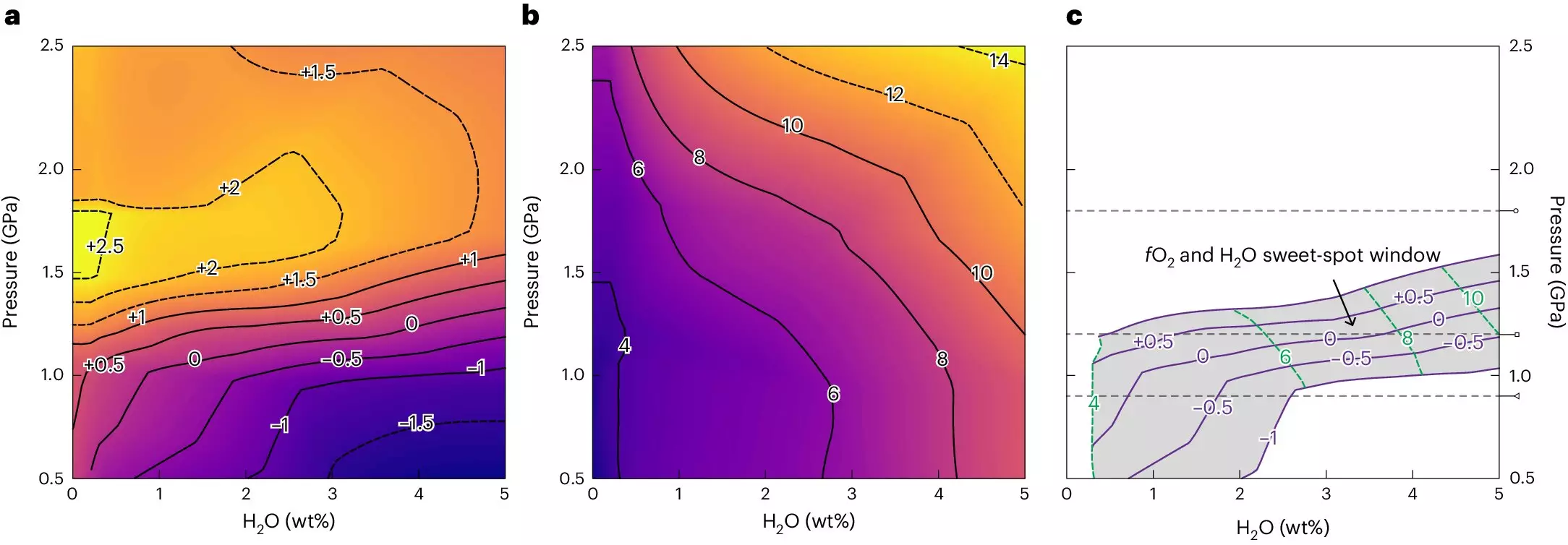The origins of Earth’s continents have long puzzled scientists, who have proposed various theories to explain how these massive landforms emerged billions of years ago. The divergence in scientific opinion primarily lies in whether continental formation was a product of geological processes still observable today or if ancient mechanisms came into play. A pivotal study led by David Hernández Uribe from the University of Illinois Chicago brings new evidence to this ongoing debate, offering an alternative perspective that challenges the prevailing hypothesis of continent formation.
In an intriguing approach, Hernández Uribe utilized computational models to analyze the behavior and formation of magma—liquid rock that serves as a vital component in the formation of continents and their associated minerals. This research is particularly relevant in the study of zircons, unique minerals that provide valuable insights into the Earth’s geological history, especially those dating back to the Archean period, approximately 4 billion years ago. Prior research suggested that zircons could only be formed through the process of subduction, which involves the collision of tectonic plates underwater. This theory posited that such interactions were instrumental in propelling material to the surface, reshaping continents and generating seismic activity.
However, Hernández Uribe’s findings introduce a paradigm shift. His research indicates that the formation of Archean zircons might not necessarily require subduction processes. Instead, he suggests that these minerals could originate from high temperature and pressure conditions caused by the melting of an Earth’s primordial crust—the thick outer layer existing in the planet’s early history. This novel interpretation posits that similar signatures from zircons can be produced through the partial melting of the crust itself, challenging established notions about how the first continents might have formed.
These findings provoke significant questions about the timeline of plate tectonics. If the initial landmasses were created through mechanisms apart from subduction, it implies that the movement of tectonic plates—and thus the active geological processes we currently observe—may have emerged much later in Earth’s history. Hernández Uribe emphasizes the uniqueness of Earth compared to other planets in the solar system by pointing out that our planet is currently the only one exhibiting active plate tectonics as we understand it. If tectonic activity did not commence until after the initial continents were formed, it could push back the timeline of continental movement by hundreds of millions of years.
The ongoing debate surrounding the origins of continental formation underscores the complexity of Earth’s geological history. Hernández Uribe’s research serves as a vital reminder that our understanding of these processes is continuously evolving. By employing innovative modeling techniques, scientists can glean fresh insights, challenging long-held beliefs and paving the way for future inquiries. The implications of this research extend beyond mere academic curiosity—they could redefine our understanding of how Earth’s surface developed over eons and what it tells us about the planet’s dynamic nature.

